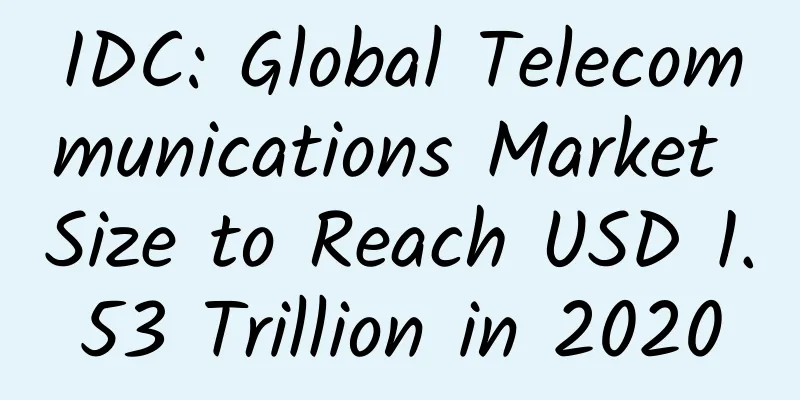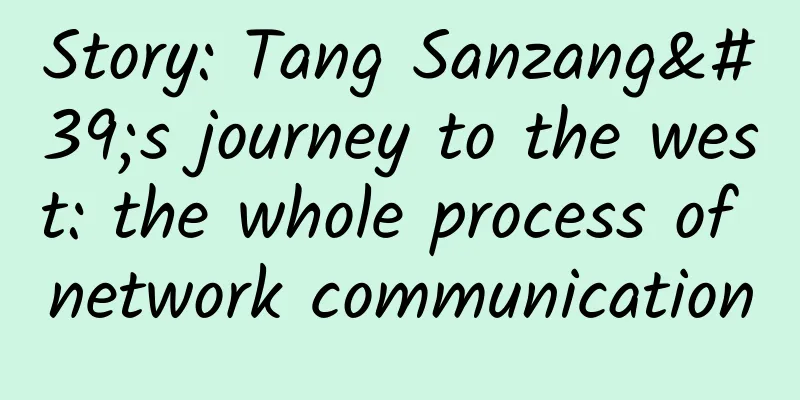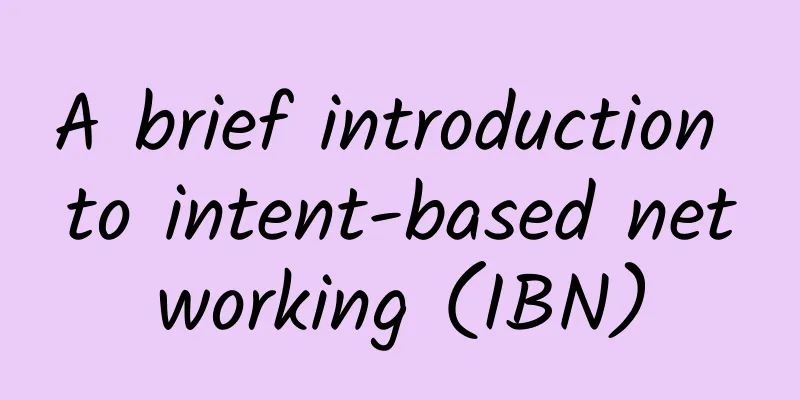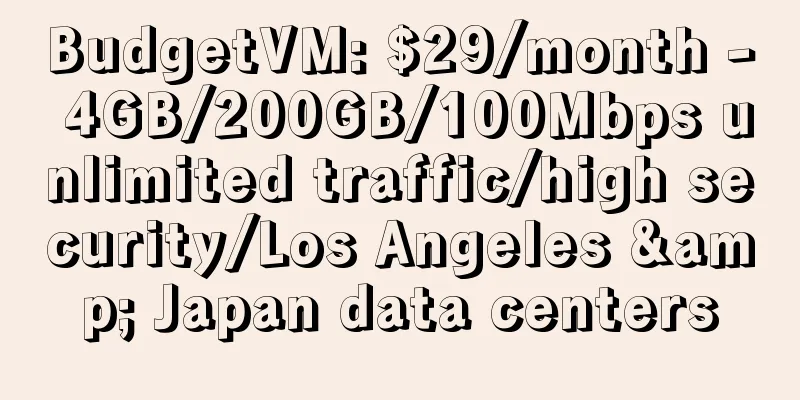5G Opportunities in the Telecommunications Market
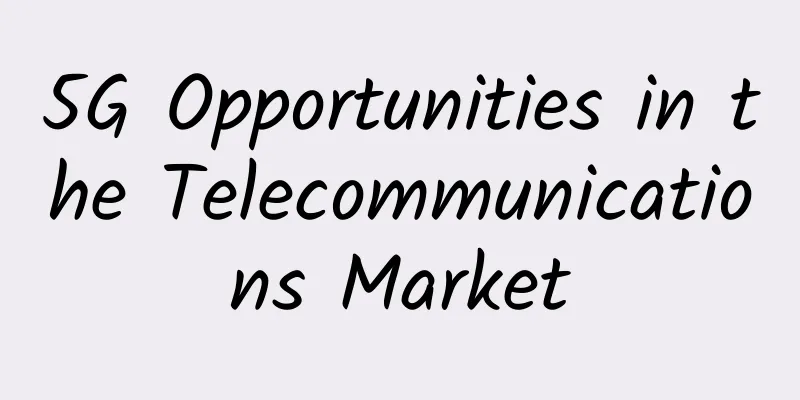
|
From mainframes and client servers to cloud computing accessed by mobile devices: every stage of the communications revolution we have experienced over the past 50 years has been enabled by advances in the network. This also applies to the revolution currently underway. The Internet of Things, consumerization, and artificial intelligence all rely on fast, low-cost, reliable networks.
Every day, more and more devices are actively communicating with each other, and simple upgrades to current networks are no longer enough to support the continued growth in traffic. 4G has reached the technological limit of how much data can be transmitted. 5G offers a possible solution and a range of new opportunities, but the transition will be expensive. Telecom operators who choose to build new small or large communication cells will face dramatically increased network costs. Network sharing has become a standard part of telecom operators’ operating models, and the huge expansion of network infrastructure required for the successful rollout of 5G will accelerate this trend. There have been different approaches to achieving network sharing, and each has its own impact on operators’ business models. What is 5G? 5G is the successor to 4G. 5G uses higher radio frequencies and offers higher speeds, lower latency, and more refined coverage. One advantage of using high-frequency radio waves is that more devices can be used in the same area. While 4G can support up to 4,000 devices per square kilometer, 5G can support up to 400,000 devices. This opens up a whole new world for the Internet of Things, where the density of devices in certain areas can be very high. One drawback of using high-frequency radio waves is that they can't travel as far as the lower-frequency radio waves used by 4G. Therefore, 5G networks introduce a new technology called mMIMO (massive multiple-input, multiple-output), which uses a large number of antennas. In addition to the additional antennas required to support it, mMIMO also provides the ability to send and receive multiple data signals at once. This makes it possible to focus on users and track them using targeted data streams. As a result, mMIMO is able to serve more users and devices at once in a smaller area while maintaining fast data rates and consistent performance. Unlike previous generations of mobile networks, 5G will not require a single operator to provide a nationwide surplus of services through its own infrastructure. In fact, network sharing is an ideal choice for 5G. Therefore, telecom companies are promoting network sharing and software-defined networks as "native" components of the solution. (Source: IoT Home) Although the transition from "private" network infrastructure to "shared" network infrastructure will require network operators to adopt a new way of working, it will also increase the speed of 5G deployment, reduce promotion costs, and eliminate visual pollution by reducing the number of outdoor antennas required. Summarize After 20 years of continuous development and evolution, the network has become the core technology of our ever-connected world. The availability of standards-compliant, mutually compatible networks has changed the way people expect to communicate with each other and the way information is shared today. 5G enables the network to keep pace with the future needs and expectations of consumers and industries. The investment required to deploy 5G is considerable, and maximizing the return on investment requires a clear vision and a well-defined strategy. In addition, the key to success lies in the cooperation among all stakeholders and the transition to network sharing. These are what we must prepare for now. |
>>: As the wave of 5G security approaches, how can we play the 5G security card well?
Recommend
What the frequent failures of Internet data centers can teach us
Recently, Internet failures have occurred one aft...
EDA event-driven architecture and EventBridge
Today's more successful companies have realiz...
Z-Wave not concerned about potential threats from Project CHIP
This year marks the 20th anniversary of Z-Wave be...
Won the award again! Ruijie Networks won the title of "2021 ICT Industry Influential Enterprise"
On January 6, the "2022 ICT Industry Trends ...
How to design a powerful API interface
[[343143]] In daily development, we always come i...
10 trillion yuan prospect will be realized! 5G empowers various industries and highlights its value
Recently, with the hype of the "5G on Mount ...
Unlocking the full potential of 5G: Innovating with network effects
The emergence of 5G technology has aroused people...
[Black Friday] VIRPUS SSD VPS 70% off, Seattle VPS monthly payment 1.5 US dollars and annual payment starting from 15 US dollars
It's been a long time since I shared informat...
There are two important factors that affect network speed: network bandwidth and network latency!
With the popularization of the Internet, users pa...
The future development trend of the Internet will transition from HTTP to IPFS
We know that IPFS is a new Internet underlying pr...
PoE Troubleshooting Guide: Common Problems and Solutions
Power over Ethernet (PoE) is a revolutionary tech...
Net neutrality dies at 2 years old
The Federal Communications Commission (FCC) voted...
A brief introduction to spatial transformer networks
The first model I got to implement as part of my ...
The efficiency of quantum entanglement purification has increased by more than 6,000 times, far exceeding the international level
At present, quantum technology represented by qua...
Understanding the differences between 5G and Gigabit LTE
5G is coming, at least some carriers think so. Bu...

